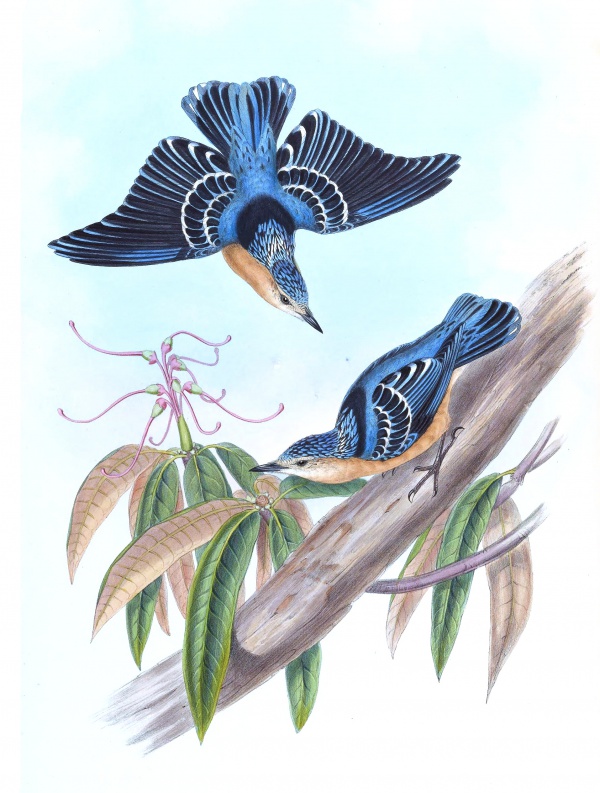Facts About Beautiful nuthatch
The beautiful nuthatch, a visually striking bird belonging to the Sittidae family, captivates with its vibrant plumage and intricate patterns. Adorned with black and azure feathers on its upper parts and orange underparts, it also features a mix of white and pale blue streaks, making it an exquisite sight. Notably, male and female beautiful nuthatches are identical in appearance.
Primarily insectivorous, these birds feed on small insects and larvae, which they forage from tree bark. They usually nest in cavities found in oak or rhododendron trees. The breeding season for the beautiful nuthatch spans from April to May, during which they typically lay between four and six eggs.
The beautiful nuthatch inhabits Southeast Asia, particularly thriving in montane forests at altitudes ranging from 950 to 2,300 meters. However, their distribution is quite localized, and their population is in decline, largely due to deforestation. The IUCN has classified the beautiful nuthatch as vulnerable, indicating it risks becoming endangered if its habitat is not preserved.
Nuthatches, members of the genus Sitta, are famous for their unique behavior of descending tree trunks head-first. The beautiful nuthatch, categorized under the subgenus Callisitta, is sometimes referred to as Callisitta Formosa. Although our understanding of its relation to other nuthatch species remains incomplete, ongoing genetic studies are illuminating its evolutionary lineage.
True to its name, the beautiful nuthatch boasts remarkable aesthetic appeal. Its feeding habits involve foraging on tree trunks and branches, often alongside other bird species. Both parents share the responsibilities of nest-building and egg incubation.
Found in the eastern Himalayas and various scattered locations across Southeast Asia, the beautiful nuthatch resides in montane forests. Seasonal migrations to different altitudes are typical for this species. Unfortunately, deforestation significantly threatens its habitat, contributing to a decrease in its population.
In summary, the beautiful nuthatch is an extraordinarily attractive bird with unique ecological characteristics. Despite its allure and distinctiveness, it faces substantial challenges due to habitat destruction and population decline. This highlights the urgent need for conservation efforts to safeguard this vulnerable species.

 China
China